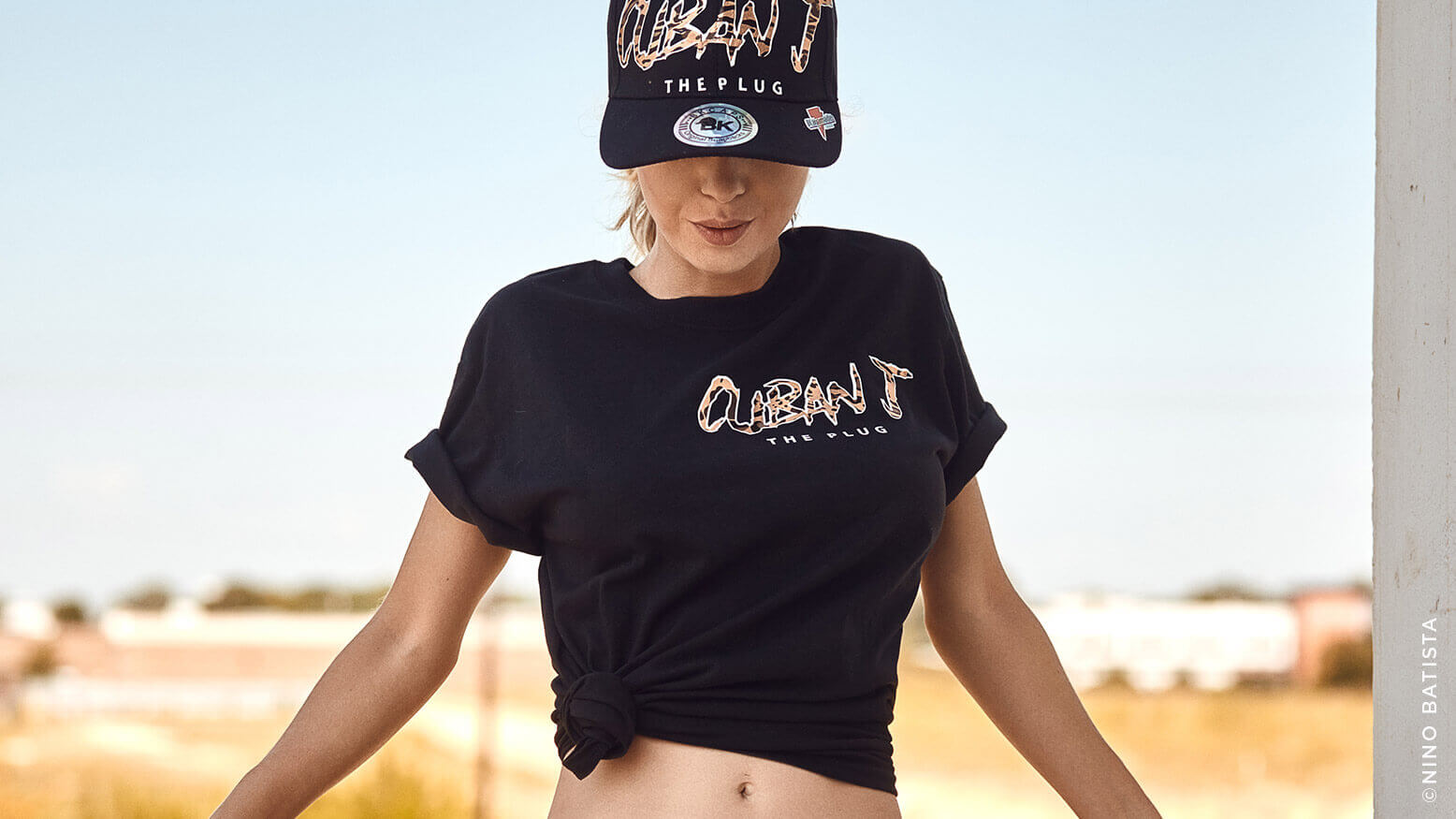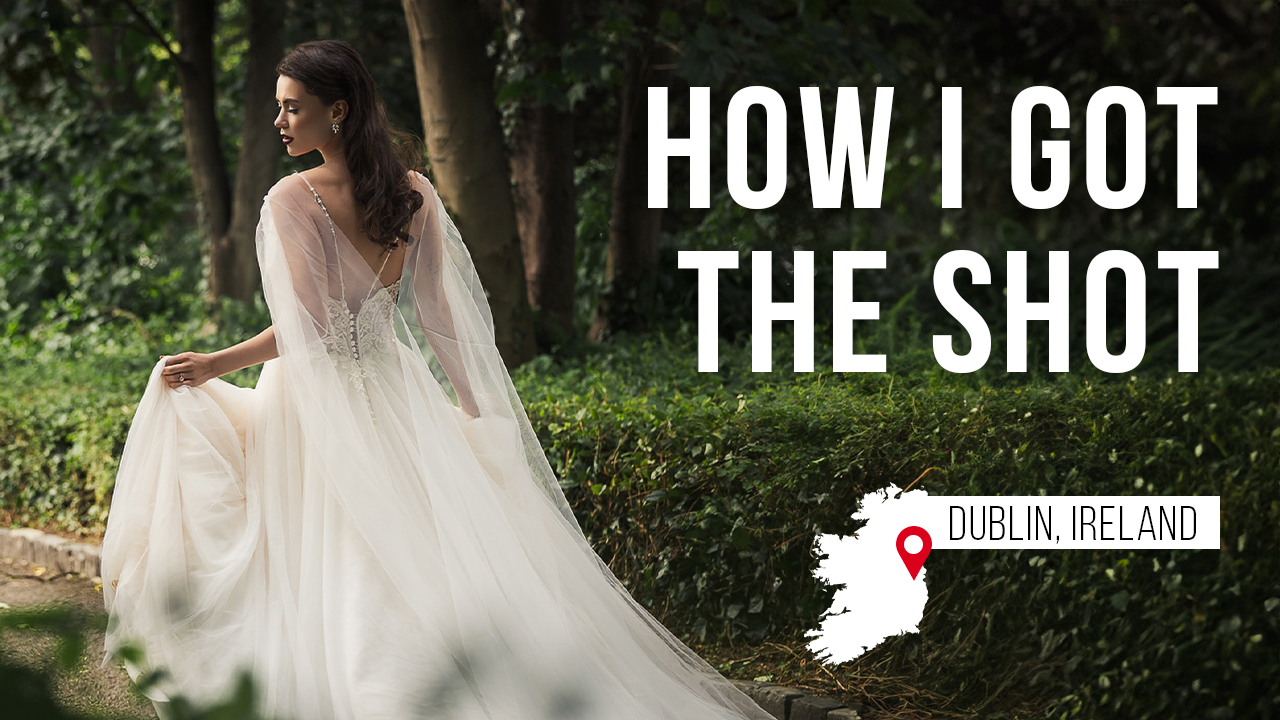Social Influencers: The New Commercial with Nino Batista
Once upon a time, a photographer in any genre would try to get the attention of magazines, newspapers, clothing designers, automakers, restaurants, hospitals, sports teams and music venues in hopes of landing a gig. Whether it was a one-off campaign or steady work on a retainer, the holy grail of good-paying commercial work has always come from big companies.
And while the dollar amounts of these major-client jobs is still highly desirable and worth the effort to land, there is a new type of commercial role that has emerged in the last few years, and it’s exploding by the hour: social influencer.
Now, if your immediate response is that the major brands are already on social media—and are influencing their customer base on a daily basis—you’d be correct. But these companies are simply using social media as an extension of their existing marketing (for better or worse) to sell their products and services. This will continue, and because these global powerhouses have large budgets, you will continue to be inundated with ads for laundry detergent on TV, websites, radio, streaming video services, billboards, magazines and Instagram.
When the internet was in its mainstream infancy between 1995 and 2000, it was regarded by many as the great equalizer in terms of giving anyone a platform to say, do or show almost anything to a (potentially) global audience. It was so exciting to every single industry that it imploded before it achieved stability. The bursting of the dot-com bubble in the early 2000s was a total financial collapse across many fronts, but the major brands survived because they’d had their corporate hands in dozens of diverse business buckets for many years preceding the internet. Internet startups in this era started explosively, gained a ton of momentum (and investors) and then summarily collapsed on themselves owing to that rare business phenomenon known as “No one had any clue what the hell they were doing.”
It was all too new to be fully understood at that time, but the allure of reaching potential customers in a personal, direct manner was too much to ignore. Despite the bubble bursting, the internet was here to stay. It just needed to find its place in society—no easy task.
Enter social media.
While MySpace.com had become popular among the teens and twentysomethings by around 2003, its power was not initially appreciated by most global industries. Where MySpace quickly succeeded, perhaps by accident, was in the independent and local music scenes. Bands and producers from all over the world made MySpace pages to showcase their music at no cost, on a platform where they could connect with new fans. (I was a busy musician in this era, and had my own MySpace page for my various projects.) Many bands went from essentially invisible to commercially viable due to their MySpace fanbase alone. If major record labels weren’t paying attention to MySpace at first, certainly every local musician with a demo was. Some MySpace users accrued tens of millions of friends on their accounts who hung on their every word, every post, every photo, every rant or rave. It didn’t take long for the labels to jump on board when they saw the potential of such a community.
Advertising is influencing, and if you can influence millions of people, you’re valuable in advertising. This is the premise of celebrity endorsements in ad campaigns, product placement in films and more. Having 20 million MySpace friends meant your own simple opinions could sway the buying habits of absurd numbers of people. Companies were keen to cash in on this idea, but swooping in to dominate and control this emerging market wasn’t as easy as they initially thought—and there was a very good reason why. This new social media made it so simple to put content online and attract people that the classic corporate middleman was essentially cut out.
While would-be MySpace competitors were popping up all over at that time, the major tour de force of what would become known as social media hit the scene shortly after the dot-com bubble implosion: Facebook.
Facebook had carefully observed where MySpace failed: absurd numbers of friends per account, modifiable page layouts that 99% of users had no idea how to use properly, a questionable business plan and more. By tweaking its approach based on those failures, Facebook went from a collegiate platform to a global powerhouse within a couple of years. By 2007 or so, Facebook had learned all of the hard lessons from the bubble burst and the MySpace collapse, and understood what society wanted from social media. Facebook gave the world what it wanted, and was rewarded by becoming a multibillion-dollar company almost overnight.
How did they do it? Quite a lot of it came from advertising revenue. Most came from the major companies everyone already knew. But what Facebook users immediately did was exactly what people have done for decades: mostly ignore major-brand advertising. Scroll by an ad, click Skip Ad, and (in more recent years) employ ad blockers. Users didn’t care about ads on Facebook any more than they cared about ads pasted on the walls of subway stations.
Major advertising is interesting to most of us only during the Super Bowl. Advertising is annoying. It’s added cloyingly to free video games to bother players until they pay for the ad-free version. Major companies realized during Facebook’s initial boom that social media made it fairly easy for users to avoid their ads, unlike the captive audience watching TV or driving by massive billboards on the freeway. What could they do?
On the heels of Facebook’s immense initial explosion came YouTube, which at first didn’t start as a socially focused platform, but instead simply a place to upload videos. YouTube evolved into one of the most socially influential platforms in the world, with some channel owners boasting tens of millions of subscribers. This was not overlooked by advertisers, as many hyper-successful YouTube channels yield millions of dollars of revenue for their owners from advertising alone.
Then along came Instagram, which exploded because of its return-to-simplicity approach that social media started as, and Facebook swiftly bought it out.
In 2018, the merits—and pitfalls—of social media are clear to the billions of users of the major platforms. But what very few saw coming was the emerging industry of social influencers, and how even the most mundane account could blow up into an advertising behemoth from the staggering number of people they could interact with.
But this was true with MySpace, right? Not exactly. The difference between MySpace and Facebook had to do with not only a better business plan, but better technology. One could argue that the basic nature of MySpace limited user interaction and the type of content that could be shared because the technology hadn’t caught up with user demand yet.
The social influencer concept came to fruition in the last half decade or so, and something was very different this time: Big companies weren’t the ones spearheading things. In fact, many big companies were reaching out to large social accounts, more or less begging them to take their money to endorse their products or services. Companies knew that influencers who grew their fanbase organically—because their followers took a personal interest in them—had far more power over their audience than any banner ad across a website. Where users ignored major ads, followers paid close attention to influencers’ posts.
This was more or less an unrestricted and unregulated sub-industry of social media—until the Federal Trade Commission started cracking down on undeclared paid sponsorship of social influencers, citing concerns that this method of advertising could be manipulative or deceptive. With the new FTC regulations in place, social influencers suddenly had to become more transparent about their sponsored posts for larger brands.
Social influencers have evolved further in recent times by simply being modern advertising vehicles for the larger brands. They work on many levels and in many industries. For every social influencer with 23 million followers on Instagram who is posting about major brands on a schedule (mixed in with their own personal posts), there are countless Instagram users with more modest numbers doing the same thing at regional and local levels.
An independent world traveler with 132,000 followers on Instagram can share sponsored content that promotes independent clothing designers, boutique hotels, startup luggage companies and just about anything that fits squarely in the small business realm.
An independent fashion model with 25,000 followers can share posts showcasing new clothing lines or fashion accessory lines started by individual designers, perhaps to the point where the designer gains a significant following that kickstarts interest on a regional, national or global scale.
This is where photographers and videographers come in. Almost every form of advertising requires photographic or video content. And while the major brands pay well, smaller social media influencers are starting to realize the value in great photography. Selfies can take you only so far.
Small companies tend to have little or no advertising budget. Successful social influencers who collaborate with these small companies (essentially trading goods for advertising) are learning the value of decent photography: It attracts larger companies to their accounts.
Don’t ignore the social aspect of social media. There’s power in the personal posts and the vested interest followers have in these influencers. Followers want to feel connected to their influencers. Influencers understand that high-quality visual content makes a difference and keeps their follower numbers growing. This is where photographers can capitalize.
Social-influencer photography jobs don’t take long. They can be done on a smartphone. You can knock out more projects at a far lower budget in a month than a single Guess campaign. Don’t discount the smaller markets. A lot of the rules have since been shattered in the social media explosion. If a blue-haired British kid can make millions of dollars playing video games on YouTube, then all bets are clearly off.
There are likely some social influencers in the 10,000-to-250,000-follower range near you. Try to connect with them and show them how you can help their Instagram account look far better with your photography. If you get on board with them at 10,000 followers, imagine if they kept you as their photographer when they hit 10 million.
It’s a new world, and it’s a good idea to get up to speed and create new opportunities for you and your camera.
I’ve added few images from my own recent work I’ve done with Josie Fox, a fashion model and photographer who represents brands ranging in size from sole proprietors to international companies via her Instagram account. She’s pushing 15,000 followers as of this writing.
These are some simple ways social influencers showcase their partnered brands. Hopefully you can see how decent photography can make all the difference.




